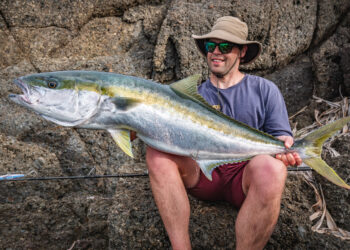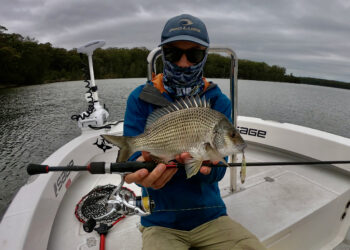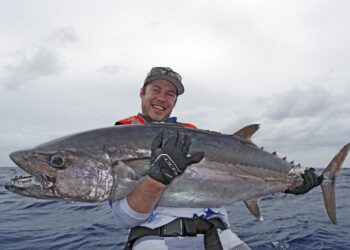
“Keep It Simple Stupid” has become my mantra for bream on soft plastics over the last few years. It probably started from me having less room in a kayak than a boat, but now it has become standard in the boat as well.
In this day and age when the choice of soft plastics for bream is nothing short of massive, distilling my range down to just a few takes a lot of confusion out of the equation and lets me get straight to the business of catching fish. It also helps that I only buy three products now, in a few colours of each, and don’t waste money on things that end up sitting in a tackle box and never getting used (and I have quite a collection from times before I applied the KISS method). Basically, I broke it down into the main three types of plastics I used for bream and picked a single type I was confident in – and I stick to it.
“Single tail grubs” is the first group. This is the go-to most of the time and works in shallow and deep water, and when thrown at specific structure or covering open water blind. Think Squidgie Wrigglers, Z-Man GrubZ, Gulp! Minnow Grubs, Atomic Plazos Bass Grubs or other similar lures and pick a handful of colours. Pick the type you are most confident in and only buy that from this point on.
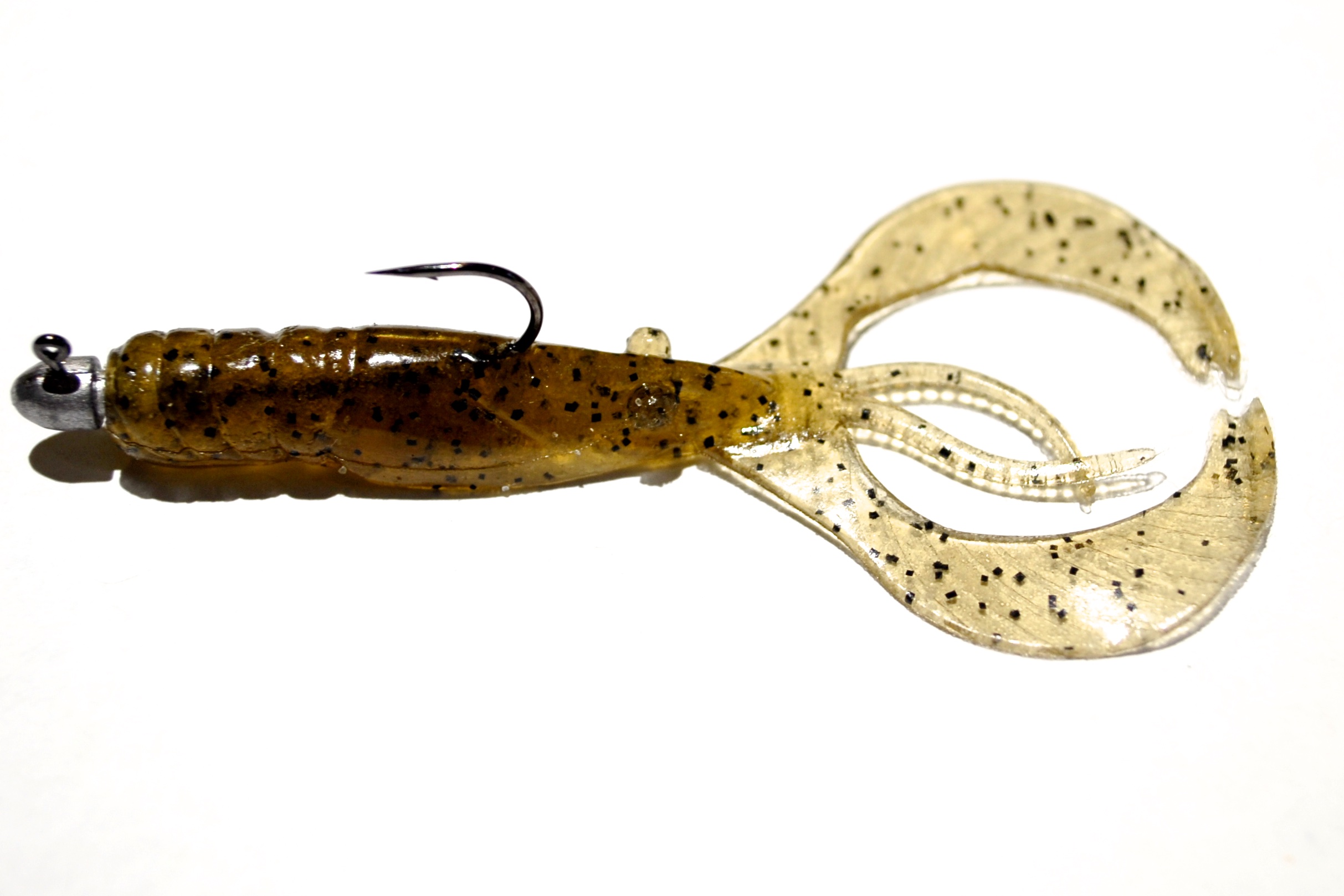
“Double tail grubs” is the second group. I tend to prefer double tails for deeper water when looking for a vertical presentation, such as when throwing at moored boats or marina docks, or poles or bridges. I let them sink straight down, pause for a bit on the bottom and then wind them back in. I like the double tail for a couple of reasons. First it is much easier to get it to sink straight. A single tail would probably be just as deadly but you have to rig them perfectly for them not to spiral down, and I would say that even trying as hard as I can I would have less than 50% success rigging a single tail to sink perfectly straight on a light jighead. The double tail spreads the drag through the water and unless you rig it really badly they tend to flutter and fall well nearly every time. The other advantage of having more drag through the water is you can use a slightly heavier jighead, which makes casting them easier. Bait Breath SL Remix, Squidgie Lobbies and my personal favourite the Keitech Little Spider are a couple of types to look for. Again, just pick one and stick with it.
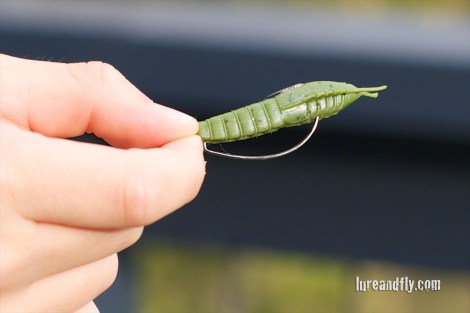
The last group is the “prawn” group. To be clear though, I think the single tail grubs probably get eaten for a prawn a lot of the time anyway, but this group is usually sold to anglers as a prawn or shrimp. A lot of the time this is the group I use fishing very lightly or unweighed, at specific structure like pontoons, docks, shallow moored boats and in marinas, and usually when the bream are in the top 2 m of the water column. Ecogear Bream Prawns, Gulp! Shrimp and Atomic Prongs are three to look at, among others. As with the other two groups, pick the one you prefer and throw it with confidence every time.
So, at this point you can pretty much just take six packets of plastics (two colour choices of each of the three types listed above) and a selection of jigheads to cover just about any situation. The secret is that you are better off spending your brain power thinking of where the fish are and using one of your three groups than second guessing which one of your 127 different plastics to try next. Nearly any bream will eat a properly presented plastic from one of these groups, every time. Whether you are just starting out trying to catch bream on soft plastics or you are a veteran, the KISS method can help you catch more fish.









